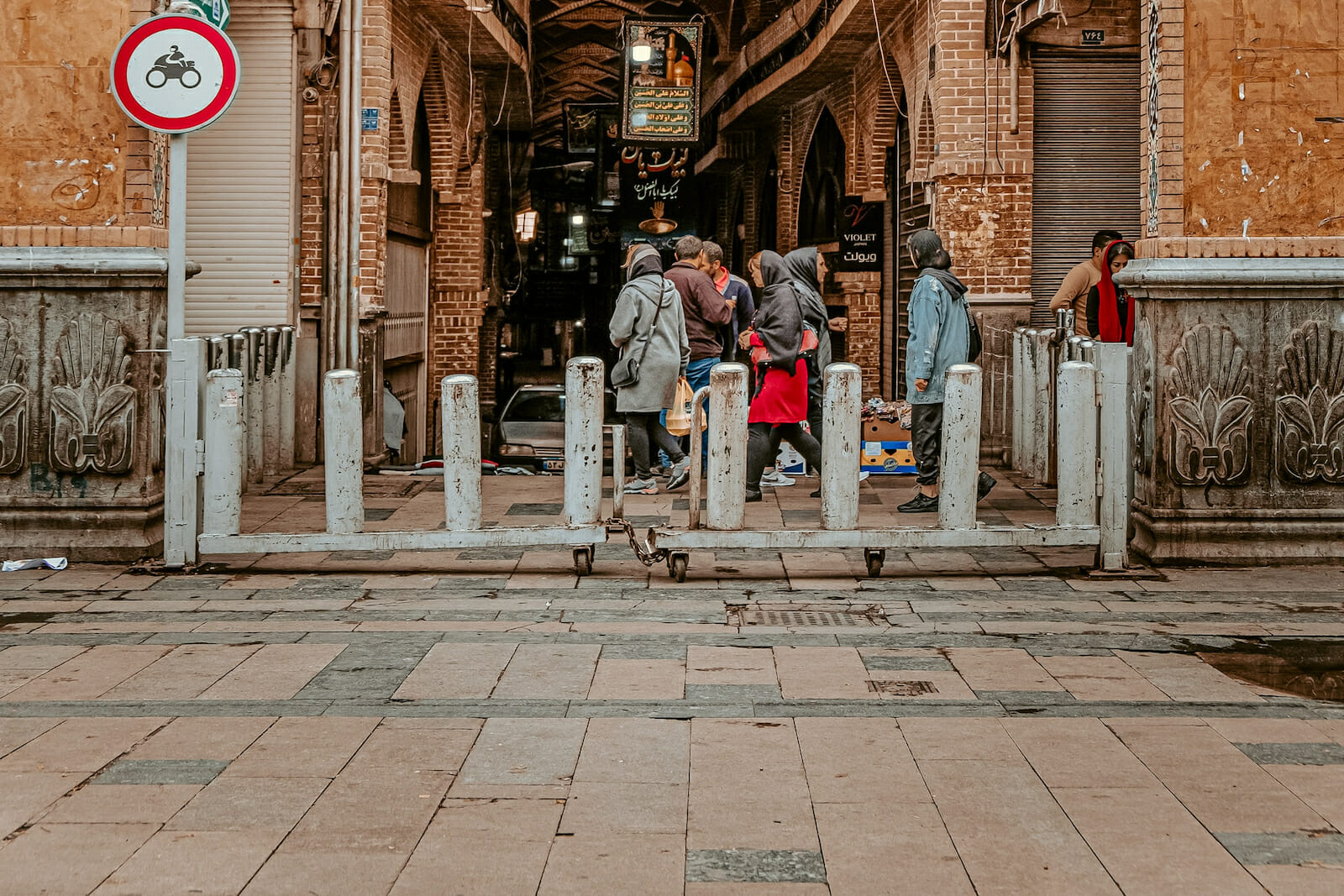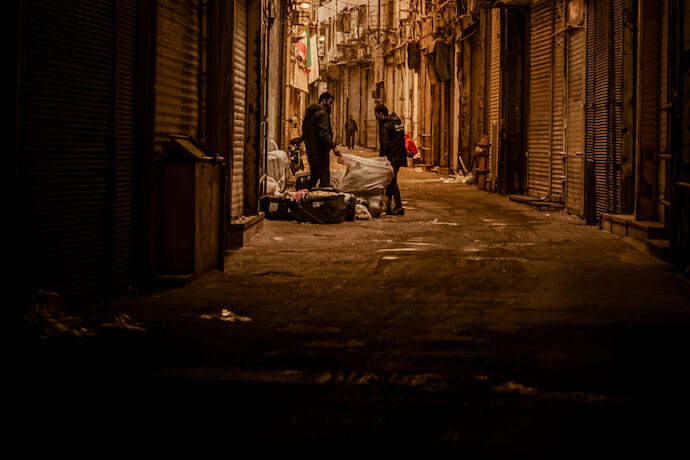
Iran: Capital Escape, Why?
Capital flight from Iran has affected its economy significantly. It has transformed a once rich country into a poor one. The Iranian parliament has officially stated that 60 million Iranians, out of 80 million, are below the poverty line. More than $160 billion in capital has left the country over the last 8 years.
According to the Iran Chamber of Commerce, Industries, Mines and Agriculture (ICCIMA), $100 billion in capital has flowed out of Iran over the past two years. In an interview with the Fararo website, Massoud Khansari, head of ICCIMA, did not provide details about any figures but said the data was documented. He stated that a portion was spent on housing in Iran’s neighboring countries. The report names Turkey, the UAE, and Georgia as destinations for Iranian citizens. In June 2019, the Iranian Parliamentary Research Center reported the withdrawal of more than $59 billion in capital from Iran between 2017 and 2018. The outflow of capital is first and foremost a sign of political instability in Iran.
According to an economic report published on Tranio on March 23, 2018, the anti-government protests in Iran have intensified the outflow of capital from the country, and capitalist Iranians are seeking to buy property in Britain, Canada, and Turkey.
“Last December, widespread anti-government demonstrations took place across Iran,” Tranio said in a statement. It is clear from the protesters’ slogans that they were dismayed and outraged with widespread corruption, economic problems, and the rule of the clergies in the country. “Iran’s political-economic instability is similar to the reasons that have driven rich Russians to buy property abroad.”
In Iran, capitalists are all affiliated with those in the hierarchy of power. In Iran, a proverb says that you get rich first and then take control. But in Iran, you first take power, and then you become rich.
According to a report by the UN Conference on Trade and Development (UNCTAD), foreign investment in Iran in 2019 fell by 36% compared to the previous year. It reached $1.5 billion, the lowest figure in 17 years.

In 2019, the volume of foreign direct investment globally reached $1.54 trillion, which is a growth of 3% compared to 2018. In that year, the UAE attracted almost ten times as much foreign investment as Iran, Turkey five times, Saudi Arabia three times, and Iraq and Oman twice as much as Iran.
Majid Abhari, a sociologist, interviewed by the state-run Arman-e Meli newspaper on January 21, says of the tragedy of the brain drain from Iran: “To realize the substantial economic damage and the depth of the tragedy, it is enough to include a quote from a historian and one who has studied Iran in-depth that says: ‘The brain drain has damaged the Iranian economy 300 times more in recent years than the Iran-Iraq war.’” In another observation, Abdul Khaliq, a senior expert at the World Bank, said: “The brain drain costs Iran twice as much as Iran’s oil revenues.”
“In developed capitalist countries, their capital moves from investment in different industries and the brains behind all these industries. In Japan, 80% of the money is invested in educational skills, and 20% in the industry’s actual hardware. 60 to 80% of the winners of the various Olympiads opted not to return to Iran. With the promise of university studies, scholarships, and financial assistance from other universities worldwide, these individuals decided to choose the latter,” he added.
According to Arman-e Meli, “undoubtedly, one of the levers that can reduce the ominous phenomenon of elite migration from Iran is the establishment of a free-thinking society and the creation of social freedoms, especially for the youth.”
Brain drain is not a recent phenomenon in Iran. This regime has a long history. Ayatollah Khomeini made it clear in a speech on October 30, 1979, that there is no room or advantage for elites or the educated in his government model.
“They say the brains have escaped,” Khomeini said. “Let them escape; no one cares! They were not scientific brains; these brains were treacherous brains…These brains that are running away from the country are the ones that have ruined you in the past. These are the brains that did not allow our young people to complete their education. These must go too; let them escape. There is no place for them to live here anymore.”
At the end of April 1981, under the pretext of the “Cultural Revolution,” Khomeini placed widespread academic restrictions on universities. Subsequently, hundreds of professors and students were deemed to be at odds with the Iranian regime’s norms and values. Iran closed the country’s universities until 1982, and professors were expelled.
In an interview with the same newspaper, referring to the special privileges of the officials and their families, Abhari said: “The main capitals of any country are not the oil wells and gas fields and mines, but the capital of that country is the young brains and talents.”

